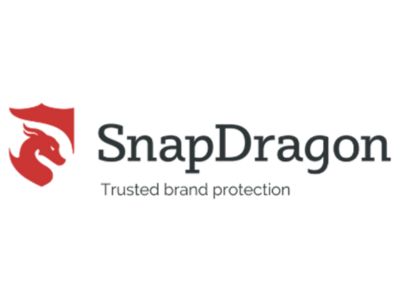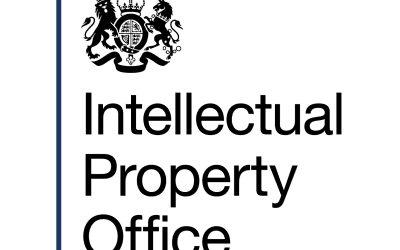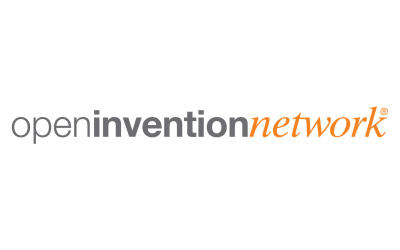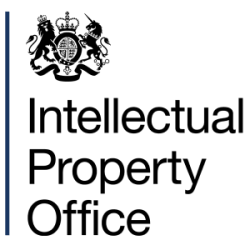Last month, Ken McCallum, the director general of MI5, issued a stark warning to UK businesses: Chinese cyber spies are watching closely and targeting organizations of all sizes to steal innovations.
The threat of espionage has always been prevalent against governments, but this recent warning was directed at small organizations following a surge in cyber espionage campaigns.
The announcement was made during the Five Eyes alliance in California, where the security heads of the US, the UK, Australia, Canada, and New Zealand met to share intelligence. The key message to UK businesses was that they must be prepared for attacks and work hard to protect their most critical assets.
MI5 also revealed that tech start-ups, particularly those making advancements in AI, are at the highest risk. Adversaries are looking to steal their innovations for political and commercial advantage. It is unusual for MI5 to issue such guidance, so innovators must prioritize protecting their assets and registering their IP. For many businesses, the first question is how?
The importance of legal protection
Developing a new product — be it software or a physical item — requires hard graft: long hours, sleepless nights, continual pivoting, considerable cash flow juggling, quality control, and endless market testing. Legal standards may also need to be met. Somewhere in the mix, intellectual property may get a look in. Yet, all too often, the registration of IP gets forgotten.
The consequences of this can be severe. IP theft creates products that cause considerable damage to individuals, industries, and nations.
MI5’s warning stresses the importance of recognizing, registering (where possible), and protecting IP as part of a digital risk assessment. If not yet considered, do it now. For technical products, patents may be necessary. For others, design rights, trademarks, and copyrights carry valuable and protectable rights.
Businesses and organizations can bolster their defense by continuously monitoring for infringements of their products and services. This can be achieved via proactive online brand protection tools. These solutions continuously scour the web looking for illicit products being marketed online, whether genuine counterfeits (using the original brand’s identity) or misusing images to sell unbranded copycats. Either way, the product or site misuses protected IP and can be removed.
When infringing products, sellers, or sites are identified, brand protection specialists use the original brand’s IP to prove originality and ensure their removal through liaison with the web host or marketplace. This is a fast and effective process, protecting customers, revenues, and reputations from the dangerous consequences associated with fake goods.
In addition, cybersecurity tools should be used to protect assets from unauthorized intruders looking to steal confidential information to harm brands, individuals, or nation-states. Simple things such as an internet policy for the workplace could help deter employees looking for a bargain online from unwittingly being diverted to an illicit site where card details are stolen, purchased products never arrive, and fraudsters gain direct access to the network. As a result, the whole organization becomes exposed to a much greater risk.
Rachel Jones, Founder and Innovation Officer, SnapDragon Monitoring comments: “From an innovator standpoint, having products stolen or copied is a breach of intellectual property for starters. This should be investigated and, when imitations appear, steps must be taken to protect the business. This may involve legal enforcement around trade secrets, know-how, or patents, or perhaps using registered intellectual property to prove originality and ownership to enforce against fake websites or products being sold online. Developing products, of any type, is time-consuming and labor-intensive, and the recognition and protection of appropriate intellectual property can get forgotten until it’s too late. However, recognizing you have created intellectual property in a business is key to protecting it, enabling you to prevent others from stealing your idea and giving you proof of originality if they do. Registering trademarks and design rights is an excellent start, patents may also be relevant where the product is more technical.”

Written by Rachel Jones
Founder and Chief Innovation Officer, SnapDragon Monitoring
You may also like…
Nokia v. Mala Technologies: the UPC interprets its relationship with national courts
Brussels recast The Brussels I Regulation has been in force, under various names, since 1973 and defines general rules...
UK IPO celebrates first filing in new digital service
The UK Intellectual Property Office (IPO) marks a ‘game-changing moment’ as the first patent is filed in the new ‘One...
World’s largest wireless telecommunications operator China Mobile joins Open Invention Network
Chinese companies have become increasingly sophisticated regarding patents. According to the country’s top...
Contact us to write for out Newsletter














